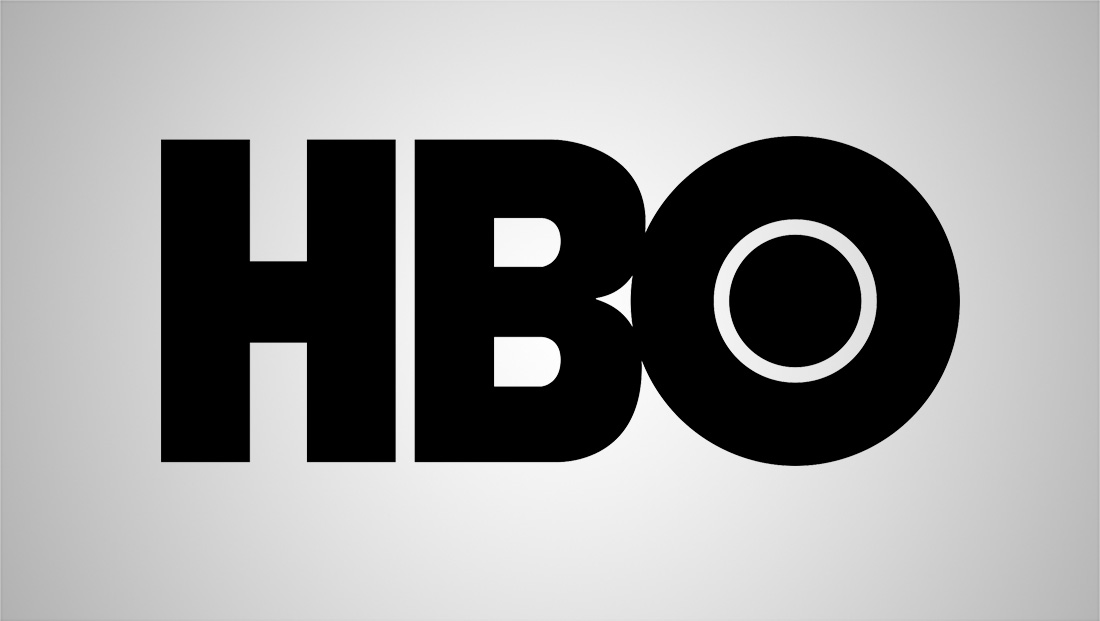What happened to HBO Go, HBO Now and what’s the difference between it and HBO Max?
By MixDex Article may include affiliate links

HBO has completed the rebranding of its HBO Go and HBO Now services under the name “HBO,” which also includes its linear TV feeds.
Here’s what you need to know.
HBO Go was HBO’s “TV anywhere” offering. It allowed existing HBO subscribers to stream select content on compatible devices rather than just watching them on TV. It also offered on demand content.
HBO Now, meanwhile, was a standalone streaming service that offered users access to HBO’s content library on demand via compatible streaming boxes and devices.
In the summer of 2020, HBO Now was rebranded as simply “HBO,” with the streaming on demand functionality effectively moved to HBO Max, the company’s standalone streaming service that launched in 2020 that includes access to the HBO library plus HBO originals and more.
In July 2021, HBO rebranded HBO Go under the “HBO” name as well.
Despite that changes in names, HBO still essentially offers the same services with the added bonus of getting HBO Max if you want, typically for no additional cost.
Subscribers to HBO who sign up through their cable or satellite provider still get access to the various HBO linear feeds and can watch content as it airs on each feed through their existing set top boxes.
The difference is now the “plain” HBO service now includes the TV anywhere ability and various streaming features.
Most providers also include HBO Max at no additional cost, but HBO Max is also available as standalone purchase.
The big difference is that HBO Max doesn’t fully replicate the TV everywhere model of HBO Go, meaning users can’t watch live, linear feeds of the channels as they air on cable and satellite providers, but nearly all of the same content is available to stream.
Meanwhile, HBO Now had become largely duplicative with the launch of HBO Max, though the latter offers numerous additional titles and, on the top plan, the ability to watch Warner Bros. theatrical releases on the same day as they hit theaters.
The top tier also includes 4K streaming where available and the ability to download titles locally so they can be enjoyed without an internet connection.
HBO still technically is available as a standalone package outside of any cable or satellite provider for $14.99 a month, according to the company’s website.
However, for most subscribers it makes more sense to subscribe to either HBO Max’s “with ads” plan for $9.99 or the ad free version for $14.99 since you will end up paying either the same or less for more content and features.
Subscribing to HBO on your own and not through a cable or satellite company requires a compatible device — which include iOS, Android, Amazon Fire, Roku, Apple TV and more. If you subscribe this way, you won’t get it through your existing cable or satellite box.
If you chose to subscribe to HBO via a cable and satellite provider, you’ll most likely also get HBO Max included, but check with your provider for details.
Select AT&T mobile subscribers also get HBO Max included as part of their subscriptions, but don’t have access to the linear TV channels unless they also subscribe to AT&T TV services.
Popular Searches
- TV Industry News
- Broadcast Engineering News
- Broadcast Design News
- TV Talk Shows
- TV Syndication
- TV Advertising
- TV News Jobs
- TV Industry Mergers and Acquisitions
- TV Anchors
- Cable News
- Late Night TV
- TV Syndication News
- Broadcast Industry News
- TV News Drone Journalism
- TV News Augmented Reality
- TV Weather Forecasting
- TV News Journalism
- TV News Ethics
- OTT News
- News About NBC
- News About CBS
- News About ABC
- News About CNN
- News About MSNBC
- News About Fox News

